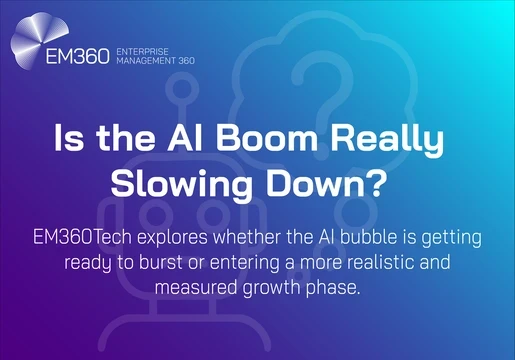Artificial intelligence (AI) is all the rage, and you’ve no doubt been hearing all about how it will have a dramatic impact on contact centers and customer service. AI tools are now a reality and are helping to improve the customer and agent experience in many different ways.

AI is a broad term that includes a range of technologies, including speech recognition, text to speech, natural language understanding (NLU), natural language processing (NLP), machine learning, neural networks, and more. The newest generative AI capabilities based on large language models (LLMs) such as OpenAI’s ChatGPT will quickly change the way AI is being used in contact centers. Applications based on generative AI will allow customers to speak and interact with the virtual agents and chatbots in a more natural way, while providing agents with knowledge and information to help solve customer issues.
Contact centers are traditionally conservative and slow moving, but are quickly embracing AI technologies to help improve operations. AI capabilities are being used both in customer-facing and agent-facing use cases, helping to improve both the agent and customer experience.
AI for Self Service
Self-service is on the rise, as consumer expectations for organizations to offer self-service options increase. According to NICE’s 2022 Digital-First Customer Experience Report, 81% of consumers want more self-service options. However, only 15% of consumers are highly satisfied with the self-service tools currently available to them. AI technologies, especially generative AI, can greatly improve self-service capabilities, making it easier for consumers to get the information or perform transactions when and how they want.
Whether over the phone, on a company website, or on a mobile app, self-service applications have gained in popularity and usage, and are often the first place customers turn when needing assistance. As consumers, most of us have experienced AI-based chatbots for self-service capabilities. More recently, Conversational AI has been used to replace touch-tone IVRs with more natural dialog interactions, creating intelligent virtual agents (IVAs) for both voice and digital interactions. For example, customers can talk naturally without dealing with annoying IVR prompts and pressing the keypad to enter information, and can access information or conduct transactions 24/7 without talking to an agent. AI can provide consistent responses more quickly than live agents in most cases, improving self-service capabilities and reducing the strain on agents.
AI for Agent Assistance
AI technologies are increasingly being used behind the scenes to assist agents, supervisors, and contact center operations. AI can help augment agents by providing them with the knowledge and information needed, while handling repetitive and mundane tasks. Applications and capabilities include sentiment analysis to better guide agents in real time, Agent Assist to provide agents with relevant information in real time, agent coaching, suggested responses, workforce optimization/workforce engagement management to better staff contact centers based on past trends and future predications, task automation such as call wrap up and summarization, language translation, enabling customers and agents to interact regardless of language spoken, voice authentication to ensure security, and process automation to speed up workflows, and much more.
User Acceptance?
The jury is still out regarding customer usage and acceptance of AI for customer service. Some customers prefer using virtual agents, as they don’t have to wait in queue, don’t have to share personal information with an agent, and can get quicker responses. However, while AI-based chatbots and virtual agents make it easy to conduct transactions and get information 24/7, many consumers have had negative experiences with the first generation of chatbots. In many situations, customers may prefer speaking with a live agent who can provide empathy rather than a virtual agent. As more and more businesses and organizations roll out the latest generation of AI-enabled tools, customer experiences will (hopefully) improve, leading to less resistance and more usage of these technologies.
Getting Started
As with any new technology, it’s important to have a strategy in place before jumping in with AI. Inevitably there will be many false starts and mistakes as more and more companies deploy AI. Try to minimize this by starting small with one or two specific use cases. Identify key use cases that can help you meet your business objectives and best take advantage of AI without negative impacts on customers.
AI is here today, with new vendors and new innovations changing the way we work and the way that customers and organizations interact. Are you ready?







Comments ( 1 )
Ridhima Nayyar
24/07/2023